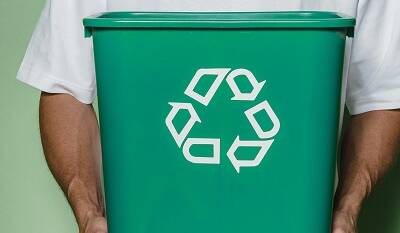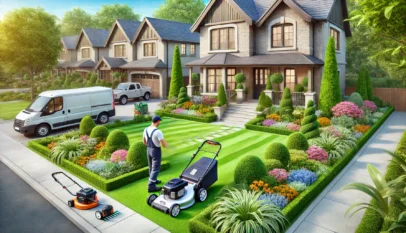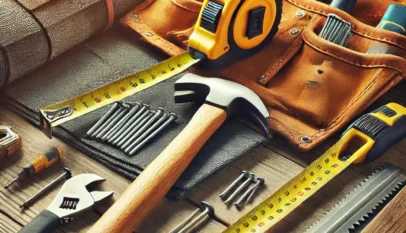Drain Expert: Essential Tips for Effective Drain Maintenance
When it comes to maintaining a healthy plumbing system, many homeowners overlook one critical aspect: drainage. A drain expert plays a pivotal role in ensuring that drainage systems function efficiently and effectively. Engaging a drain expert can prevent costly repairs and extend the lifespan of your plumbing systems.
With the potential for clogs, backups, and deteriorating pipes, understanding when to call a professional is essential. Drain experts possess the knowledge and tools necessary to tackle various drainage issues, from routine maintenance to emergency situations. Their expertise can save homeowners time, money, and frustration.
In an age where DIY solutions may seem appealing, the benefits of professional intervention cannot be understated. This post will explore what a drain expert does, the services they provide, and tips for selecting the right one for your needs.
Basics of Drainage Systems
Drainage systems are crucial for managing water flow and preventing flooding. They consist of various types of drains, gradients, and materials, all working together for effective water management.
Types of Drains and Their Uses
There are several types of drains, each designed for specific drainage needs.
- Surface Drains: Typically found on driveways and roads, they collect rainwater from the surface and direct it away from property.
- French Drains: These are underground trenches filled with gravel and a perforated pipe. They redirect groundwater away from basements and foundations.
- Channel Drains: Often used in landscaping, these linear drains direct surface water away from patios and walkways.
- Sump Pumps: Used in basements, these remove accumulated water to prevent flooding.
Each drain type plays a specific role in maintaining effective water flow and protecting property from water damage.
Understanding Drain Gradients and Flow
Drain gradients are critical in determining how water moves through a drainage system. A gradient refers to slope; it influences how quickly water drains away.
- Positive Slopes: Drains installed with a positive slope ensure that water flows toward the outlet efficiently.
- Negligible or Negative Slopes: Installing drains without sufficient slope can cause water to pool and create blockages.
The general rule is a slope of at least 1% to 2%, meaning a one to two-inch drop per ten feet. This slope promotes proper drainage and prevents water backup.
Common Drainage Materials and Components
The effectiveness of a drainage system relies heavily on the materials and components used.
- Pipes: Common pipe materials include PVC, ABS, and corrugated polyethylene. Each has its advantages such as durability and flexibility.
- Gravel: Used in trenches or around pipes, gravel facilitates drainage and supports soil structure without clogging.
- Catch Basins: These contain a sump to collect debris and sediment, preventing blockages in the drainage system.
- Geotextiles: Typically used to separate soil from gravel, these fabrics help maintain the effectiveness of the drainage system.
Choosing the right materials ensures that a drainage system functions optimally over time.
Drain Maintenance and Troubleshooting
Regular maintenance of drains is essential to ensure proper functioning and to prevent major issues. Recognizing signs of potential trouble early can help avoid costly repairs and complicated work later on.
Routine Drain Cleaning Techniques
Routine cleaning is crucial for maintaining clear and efficient drains. A few effective techniques include:
- Hot Water Flush: Pouring boiling water down drains can help dissolve grease and soap buildup.
- Baking Soda and Vinegar: A mix of baking soda followed by vinegar creates a natural foaming action that cleans and deodorizes.
- Manual Removal: Using a plumber’s snake or a wire hanger can help extract hair and debris, clearing blockages.
These techniques, when done regularly, can prolong the life of the plumbing system and improve drainage.
Identifying and Addressing Common Blockages
Common blockages can be identified by slow drainage or unusual odors. Key signs include:
- Slow Drains: Water pooling or draining slowly is often a precursor to blockages.
- Unpleasant Odors: Foul smells can indicate trapped food particles or organic matter.
To address these issues, individuals can utilize a combination of the methods mentioned earlier. Regular inspections can also assist in uncovering hidden problems.
Professional Tools for Drain Diagnostics and Repair
Sometimes, professional tools are necessary for accurate diagnosis and efficient repair. Essential tools include:
- Drain Cameras: These help visualize the interior of pipes, identifying blockages and damage.
- Hydro Jetting Equipment: High-pressure water jets can clear stubborn obstructions and buildup.
- Augers and Snakes: Specialized instruments used for deeper or tougher blockages.
Employing these tools can lead to effective solutions for complex drainage issues, ensuring a healthy plumbing system.
Vaishno Devi Helicopter Booking Online: A Convenient Way to Reach the Shrine
Vaishno Devi is one of the most revered pilgrimage sites in India, attracting millions of …
















